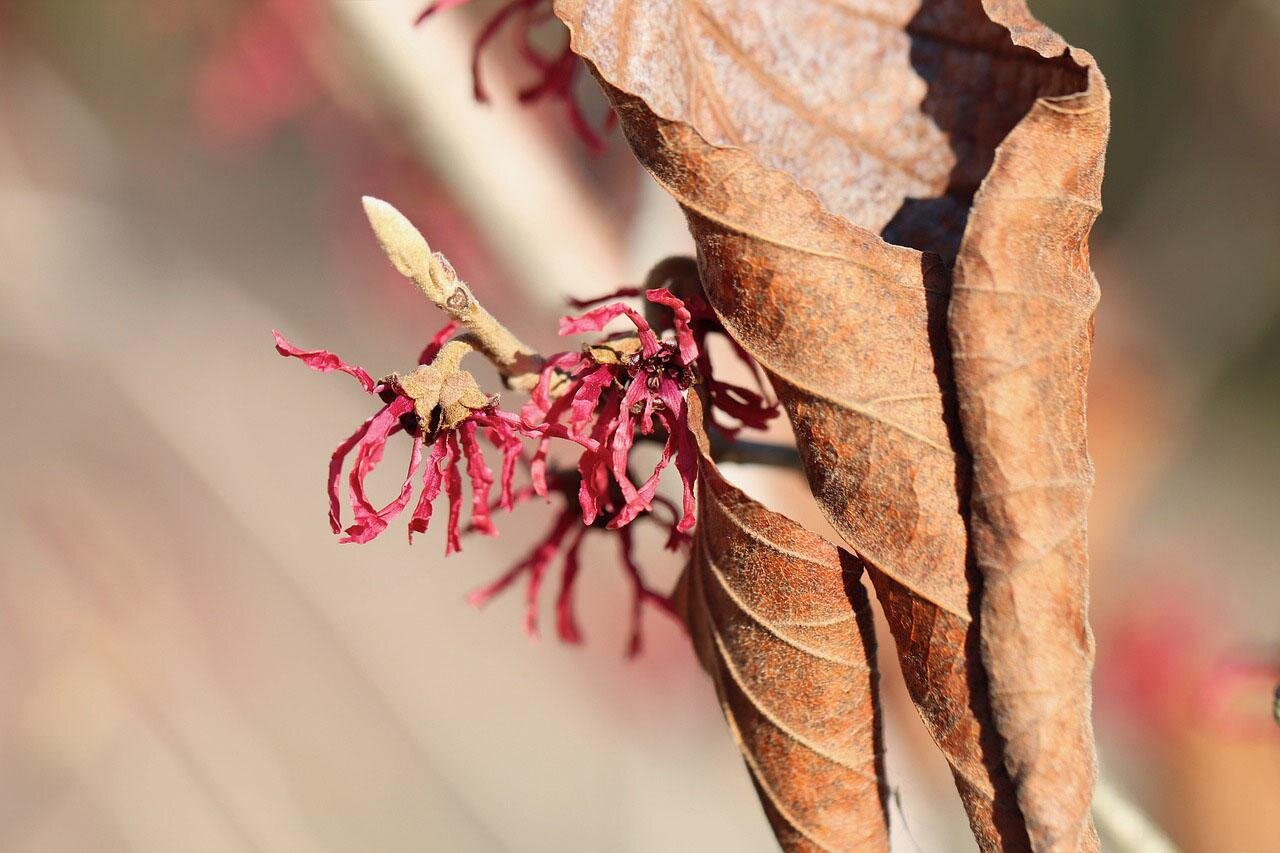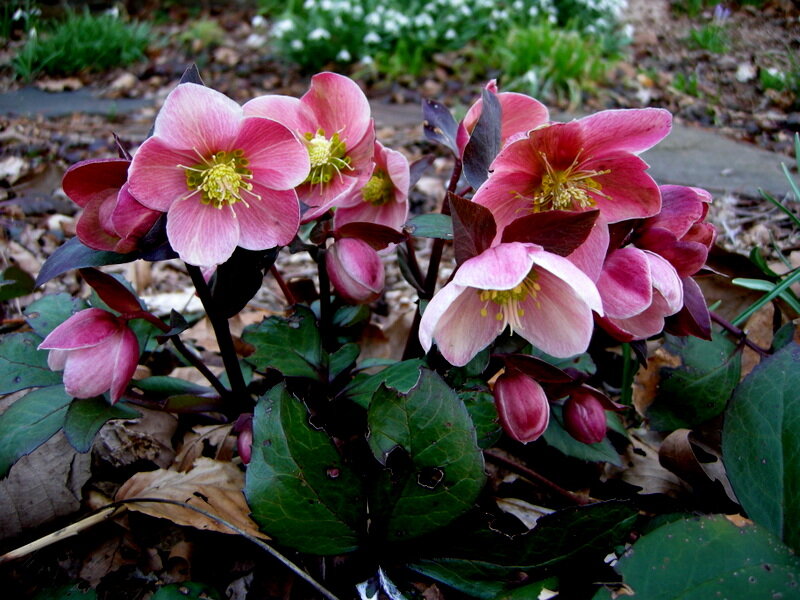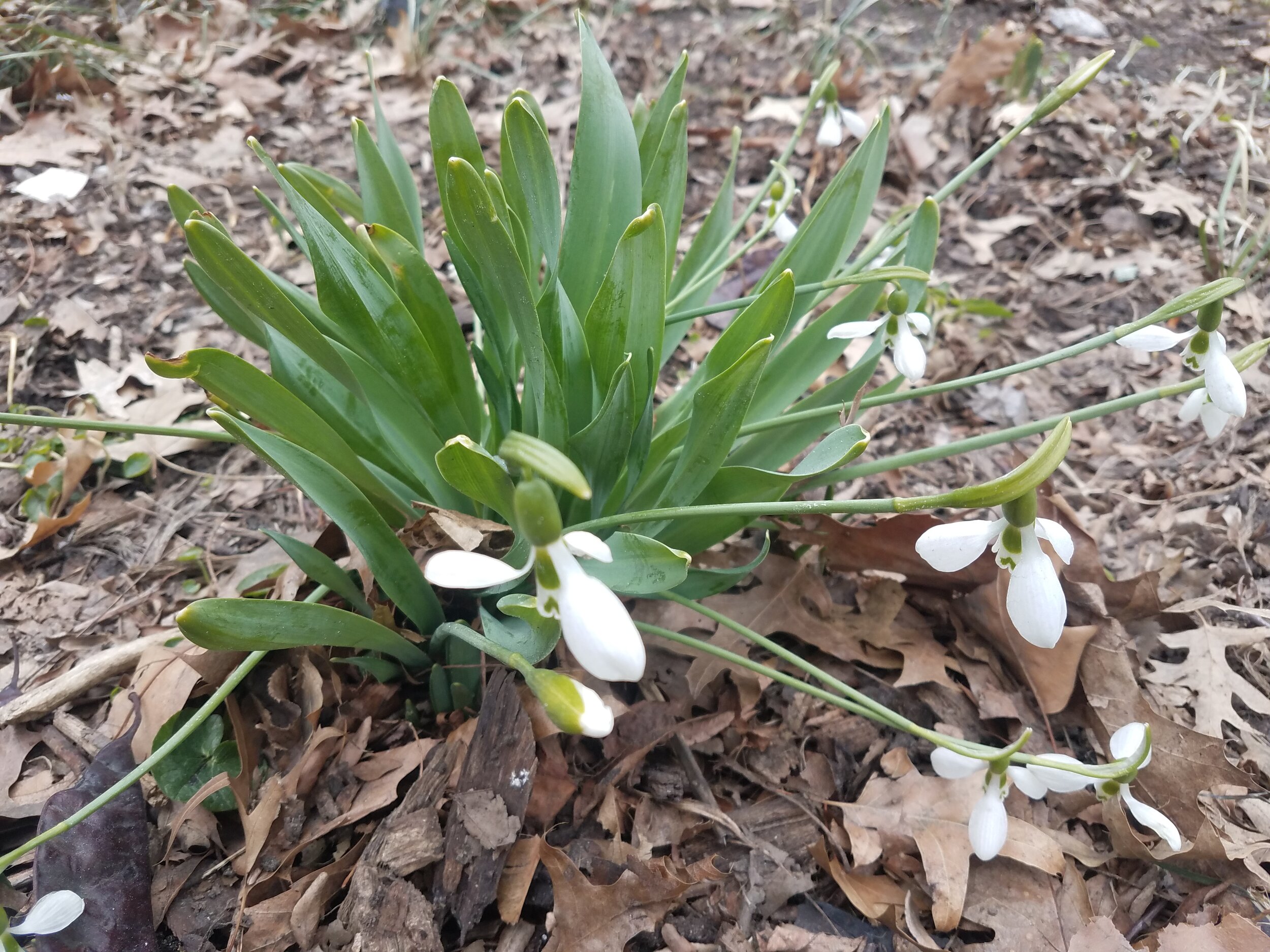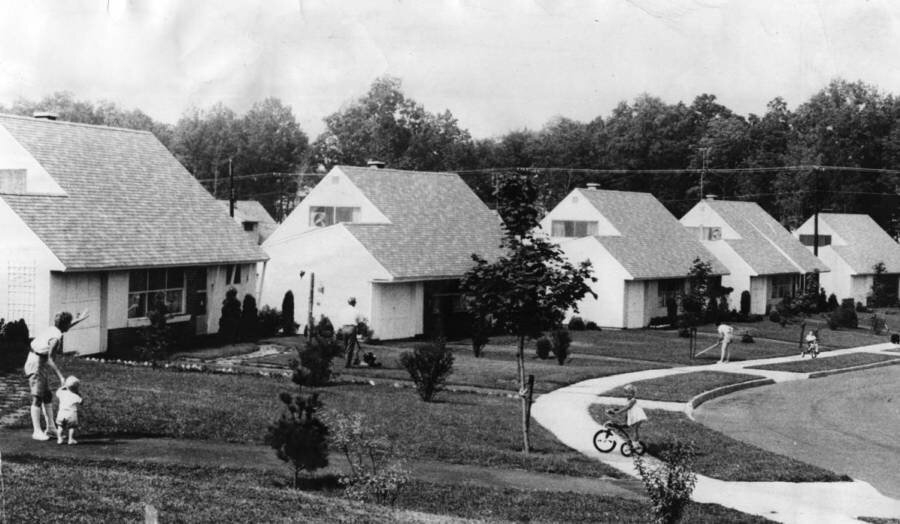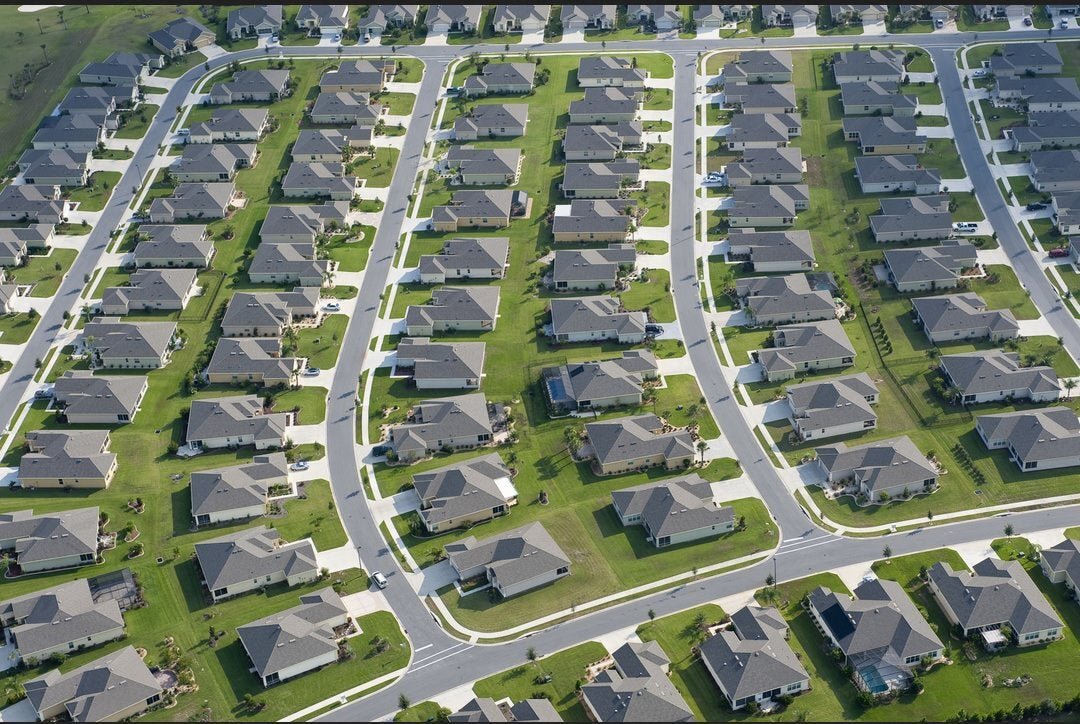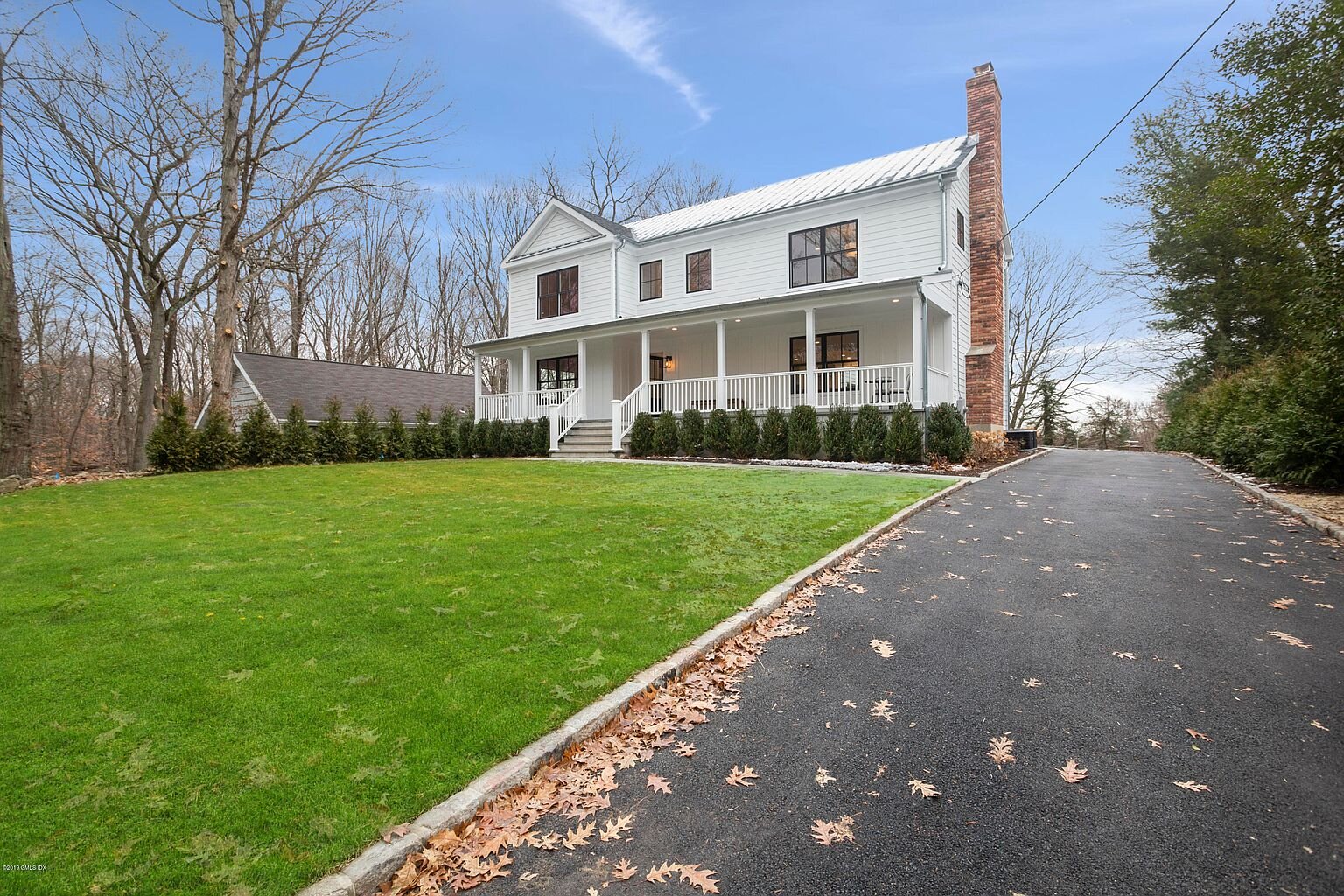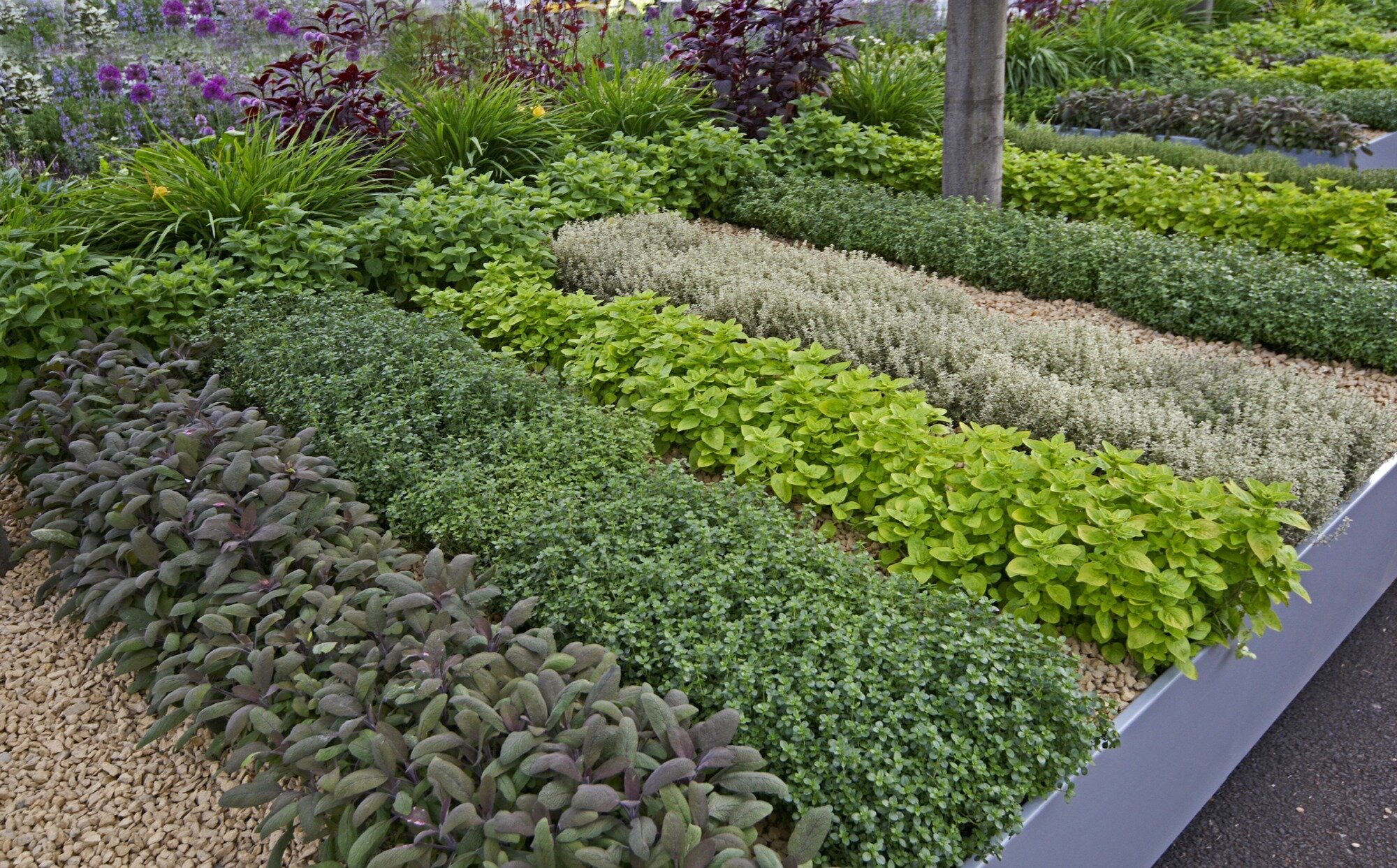The Pandemic
I haven’t posted anything on this blog since the spring. I was actually writing an April post when the shutdown of all non-essential businesses occurred in NY state, where I live. April is normally one of the busiest months for ornamental landscape work and a month full of life - signs of spring heralding growth and renewal.
In 2020, spring was instead the start of the domination of COVID-19 in our lives. Everything changed in a matter of weeks – it felt as if the world stopped – so confusing and for us, very scary. A novel virus – no one, not even virologists, knew at the beginning who would get infected, how it was transmitted, how contagious it was, what the course of the illness would be, how many people would die. We heard about China and Northern Italy and saw it begin to spread around the world. NY city and its suburbs were hard hit relatively early in the COVID-19 pandemic timeline. In fact, the first “hot spot” was in New Rochelle, not far from where I live and where we have a number of clients. Nobody understood then about asymtomatic spread and the course of the disease. We knew that a businessman living in New Rochelle got very sick with what at first I guess he thought was the flu, ended up needing to be rushed to a local hospital by his neighbor because of breathing problems. He was put on a ventilator almost immediately and then transferred to an NYC hospital because he was in such bad shape. He tested positive for COVID-19. Which was confusing because he didn’t meet the “criteria” that existed at the time – he hadn’t traveled or been in close contact with someone who had. The next thing we knew, his wife and family were sick, the neighbor who drove him to the hospital and some of his family were sick, then scores of people in New Rochelle were sick with COVID-19. The governor quaratined a 1 mile radius area, the National Guard was deployed to monitor the quarantine and to deliver food to the many families now not allowed to leave their houses. Synagogues, churches, schools, businesses – everything in that 1 mile radius - were closed from one day to the next. The National Guard did testing and sanitized various buildings. A number of people died. Many recovered.
Of course, we now know that what happened in New Rochelle was in fact exactly what living with a COVID-19 pandemic looks like. How fast it can spread through a community if public health control measures are not in place. How sick people could get. Doctors were facing seriously ill patients that deteriorated incredibly fast and required intensive care to be kept alive. Hospitals turned all their available space into ICU space, broke down walls to create more space. In NY, we never got to the extremes of people dying in the hallways as happened early on in Italy, thank goodness, but hospitals came awfully close to being overwhelmed.
The state shut down all non-essential businesses and we were all told to stay at home as much as possible. All the stores and Amazon immediately ran out of Chlorox wipes, hand sanitizer, paper towels and toilet paper, among other things. Shelves were bare. Supply chains totally disrupted – and they’re still severely affected all these months later.
Yet essential workers kept working, getting sick, dying. The hospital workers didn’t have enough protective equipment. NY State was scrambling to beg, borrow or buy ventilators. Every day, the numbers of cases, hospitalizations and deaths rose and for awhile it seemed like it would never end. Eventually, the cases and hospitalizations and deaths plateaued and then started to go down. We got the levels in NYS down to a baseline whereby transmission is less than one person infecting one person. We were told: as long as we practice the public health safety measures that EVERYONE in the whole world knows work, we can manage the spread and the outbreaks.
When the shutdown started, I had just finished reading Doug Tallamy’s new book: “Nature’s Best Hope”. It has been a source of wisdom and comfort to me all throughout these last pandemic months. So much of what he says applies to life, and not just to landscapes.
He says of landscapes:
What types of landscapes are capable of sustaining humans and nature simultaneously? Ones that feature plants that interact with the species around them. Such plants are the key: every ecosystem service required by humans (and most other animals as well) is created either directly or indirectly by plants. We have degraded ecosystem function by removing plants from local ecosystems, or by assuming that all plants function equally well in every environment. It follows that we can quickly repair the damage we have inflicted on the typical built landscape simply by putting the right plants back. And who better to lead the way in this noble endeavor than gardeners who know and love plants.
I see this parallel:
We have degraded the way our society functions by making assumptions about other people, by not giving anyone the benefit of the doubt, by not empathizing, by becoming angry. We’ve divided ourselves into “us” and “them” and stopped listening. It follows that we can quickly repair the damage we’re doing to society by starting to listen and stopping demonization. We have stopped recognizing the humanity in others – let’s give it back to them. Everyone deserves respect. You don’t have to be against someone else to have an identity. A healthy society, like a healthy exosystem, benefits everyone and everyone has a role to play.
He says:
To achieve a sustainable relationship to the earth, we must raise the bar for what we ask of our built landscapes. In the past, we have asked that they be attractive, well-tended spaces. We have achieved this in grand style. But our need for ecosystem services is now so great that we can no longer rely on the remaining degraded and fragmented “natural” spaces to produce enough. We must now design beautiful landscapes that also support complex food webs, which in turn support the biodiversity that runs our ecosystems.
He continues:
We will no longer lament our disconnect with nature because we will be living in its midst. Our new plantings will fill the gaps between fragmented natural areas, creating biological corridors that reconnect them. If habitat fragments are reconnected, they will support populations that are large enough to withstand normal fluctuations without disappearing. Our new park will not perfectly replicate the plant and animal communities that once existed on these sites, but it will reassemble many of the local relationships between plants and animals that coevolved over the eons and that are necessary for ecosystem function. To be sure, this is an optimistic view of our future but it is also a feasible one and will yield enormous ecological payoffs fo both humans and our fellow earthlings.
I see this parallel:
To move forward from here, we need to begin to reassemble our fragmented society. What results may not look quite the same as “before”, but it will create corridors for communication.
